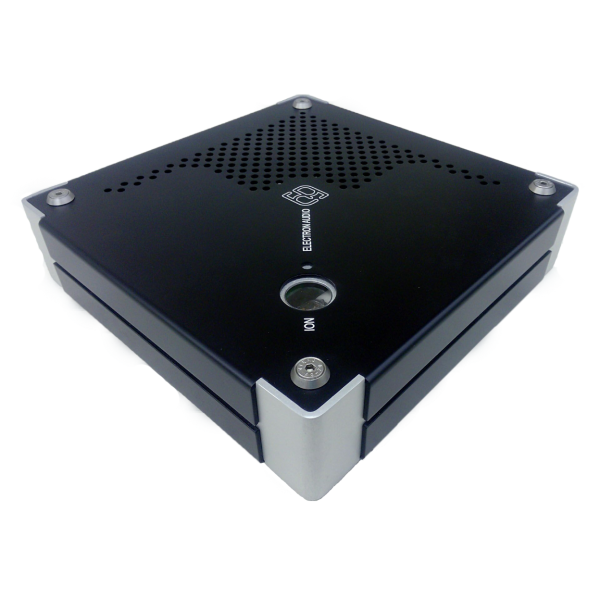I guessed you’re an engineer because you seem to always address measurements, that those measurements mean something is wrong with that amp topology and what engineering gear/additions/cheats will be necessary to improve those measurements.
I am not saying you are purposely ignoring “naturalness of sound” as the ultimate measure of any amplifier topology, I believe that designing amplifiers to sound real/natural is not (and never has been) part of an electrical engineering curriculum. Instead, it seems to me that electrical engineers are sol taught a series of well established methods to manipulate measurements (like negative feedback), in oder to measure better (assuming that such makes an amplifier sound better, yes, but more natural?).
I recently went around to a friend’s house to listen to changes he was making to his system. I must admit that bi-amping his speakers with the 300B SET driving mids and top end while a small Class-D amp. powered the bass sounded better than the 300B alone. The simpler M-7 Kondo phono-pre however, was a huge improvement over his more complicated two-box pre-amplifier and separate high-end phono pre. In light of this I will agree a class D can sound very good (driving bass speakers), but must maintain that well designed simpler circuits will probably sound more real than well designed more complicated circuits.
Not all engineers rely
only on measurements... Maybe I should put that a different way:
Some engineers are also audiophiles and care a lot about how things sound. But its a simple fact that no matter what kind of amp you have, you have to take measurements to make sure the amp works. Voltage tests are measurements- if they are off from nominal values you start looking for why, like a bad tube, wiring error or the like...
measurements are essential and anyone thinking otherwise is trying to live their life according to a made up story; a myth.
The pragmatic engineer has to do a bit of research to be able to draw a line between what we can hear and what we can measure.
It turns out that in the last 30 years our ability to measure things has dramatically improved! But the
understanding of what the measurements are showing us is considerably more rare-
even to those doing the measurements.
Here's an example: I don't think anyone would argue that harmonics are what define the individual sound of musical instruments- for example the difference between a trumpet and a clarinet. But the measurement guys get up in a huff when you try to tell them that the distortion of the amplifier is modifying that sound of those instruments and that you can hear that as a change in their tonality.
I'm not one of those; I'm the in-between guy that has sorted out an obvious and simple fact: that the 'sound' of any amp, its 'sonic signature' is exactly two things, the first might be frequency response error but the major aspect being how the amp makes distortion. Further, I understand that when you put a musical signal through an amplifier, the harmonic distortion the amp makes isn't a separate signal that might be so many dB down and perhaps 'not audible' because its masked... because the amp makes distortion
it adds harmonics to the musical instruments and thus modifies their tonality.
This is a simple realization and its weird to me that most people haven't figured this out; if they have they certainly are not vocal about it!
If you've heard differences between various tube amps, consider this: the differences between various class D amps is
more extreme. Some are so bad they are unlistenable to me, some are boring as it gets (lifeless), some are wimpy and don't play bass and some are outright musical by any metric.
When the viewpoint is myopic, such as a seemingly zealous/religious adherence to only one approach to audio, that's when you get in trouble. For decades, people thought of me as that guy that makes OTLs. No-one expected we would produce our own class D amp since tube guys must not know anything. All I can say to that is if you have an engineering degree, if its to be
useful you also have to be pragmatic. The head engineer at HH Scott, Daniel Recklinghausen, once said "
If it measures good and sounds bad, -- it
is bad.
If it sounds good and
measures bad, -- you've
measured the wrong thing." If you think measurements are unimportant you are missing the truth of this very insightful statement.
















